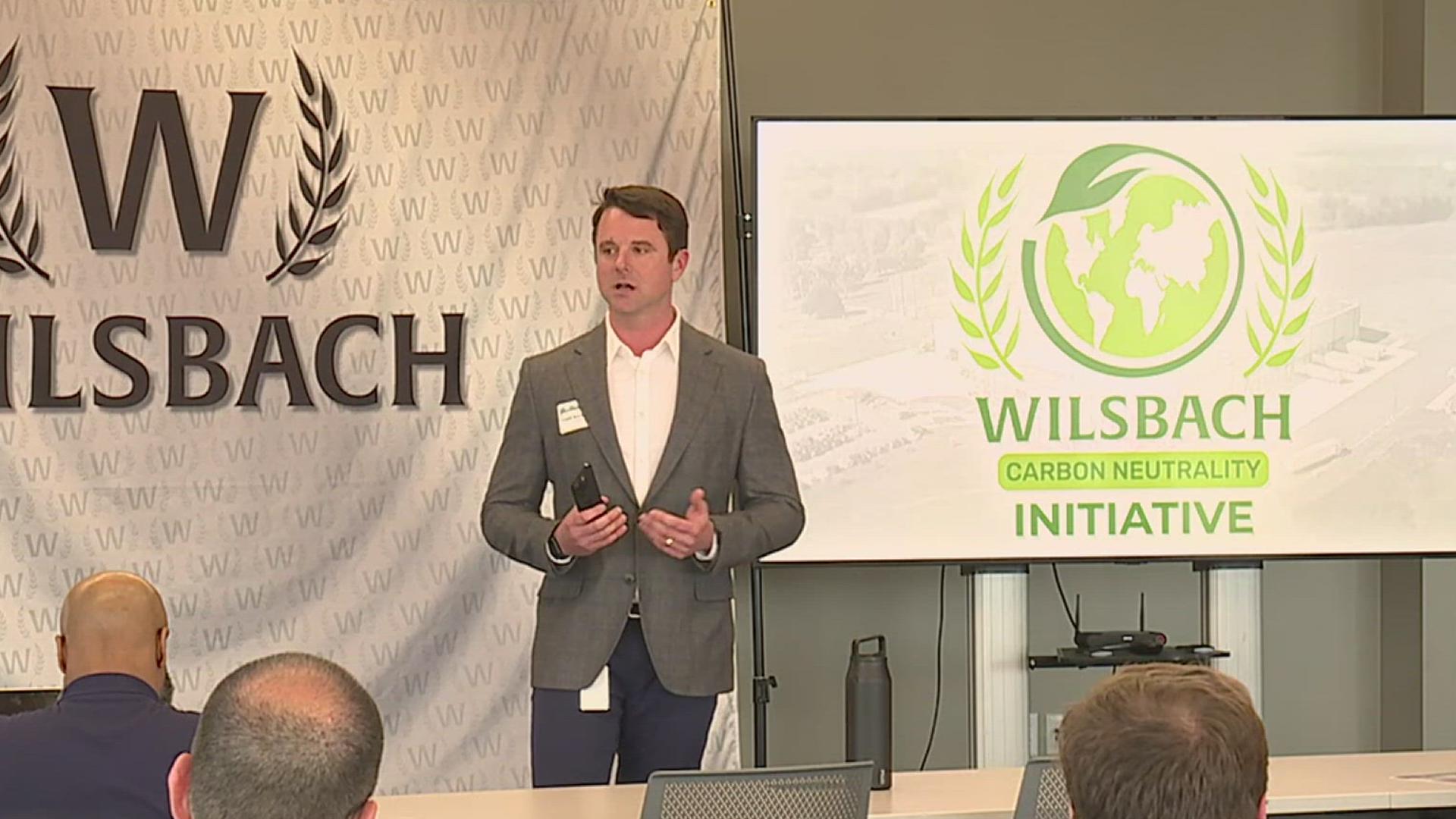PENNSYLVANIA, USA — The start of aerial spraying of state woodlands to combat spongy moth (formally known as gypsy moth) populations poised for spring outbreaks in many sections of Pennsylvania.
“Suppression efforts are underway as the caterpillars emerged and begun feeding,” said Department of Conservation and Natural Resources (DCNR) Secretary Cindy Adams Dunn. “Aerial suppression is needed to keep this invasive pest in check and protect our native forests from defoliation, with oaks being one of its favorite hosts. Keeping our forests healthy is of paramount importance, to protect all of the values our forests provide, including recreation, habitat, timber, clean air and clean water.”
The program is conducted to minimize defoliation so trees don't become stressed and succumb to disease, other insect pests or drought. DCNR Bureau of Forestry experts note the state’s oak stands are especially vulnerable to infestations. A tree begins to suffer significantly when 30% or more of its leaf surface is lost, and when left untreated, heavy infestations over 2-3 consecutive years can result in tree mortality
Aerial spraying will be done by two helicopters and six fixed-wing aircraft.
In 2023, spongy moths defoliated 441,819 acres in Pennsylvania, according to the DCNR.
State parks to be sprayed include:
- Bald Eagle, Centre County
- Big Spring, Perry County
- Colonel Denning, Cumberland County
- Colton Point, Tioga County
- Hyner View, Clinton County
- Kings Gap, Cumberland Valley
- Leonard Harrison, Tioga County
- Little Pine, Lycoming County
- Ole Bull, Potter County
- Penn Roosevelt, Centre County
- Poe Paddy, Centre County
- Poe Valley, Centre County
- Prince Gallitzin, Cambria County
- R.B. Winter, Union County
- Ravensburg, Clinton County
- Reeds Gap, Mifflin County
- Sand Bridge, Union County
- Whipple Dam, Huntingdon County
Federal property to be sprayed include:
- Grey Towers National Historic Site, Pike County
“These destructive, invasive insects go through cycles where outbreaks generally occur every 5 to 10 years,” DCNR Forest Health Manager Rosa Yoo said. “We are entering our 4th year of the outbreak cycle, and egg mass surveys from last year determined the need for suppression efforts again this year. The good news is that we observed a decline in spongy moth defoliation from 850,000 acres in 2022 to 440,000 acres in 2023, signifying a decline in spongy moth populations and the importance of these suppression activities to help continue to reduce spongy moth populations.”
Targeted sites are determined by surveys of egg masses and other indicators across the state indicating high population levels that have the potential to cause major defoliation.
Feeding while in the larval (caterpillar) stage, the insect usually hatches and begins feeding from mid-to-late April in southern Pennsylvania, and in early to mid-May in the northern part of the state.
Oak, apple, sweet gum, basswood, birch, aspen, and willow trees are most affected by the spongy moth.



